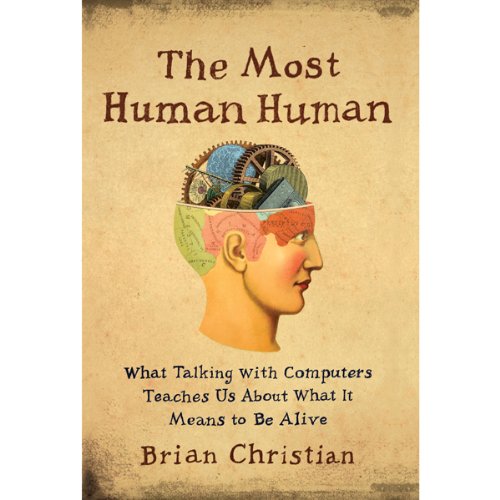One of the defining activities of human beings is conversation. We like to talk to one another, and do it often.
In our interactions with companies, our conversations have become increasingly, and insidiously, scripted. When we call “customer service”, we’re put in contact with someone who has been told how to talk to us, and is discouraged from veering off-script. And when we try to have a human conversation with them, we get what are clearly canned responses (especially if we’re expressing dissatisfaction with a product or service).
Actually, though, we’re now happy to get a human, even if it’s scripted, because the increasingly typical first line of response for a phone call is Interactive Voice Response, where we’re expected to talk our way through a series of menus. Such systems became famous for pissing off customers, and so they were programmed to respond to the use of profanity by getting you to a human. At the outset, this was, in a small way, joyous, because it actually felt like we were being heard. But recently I’ve realized I will swear or yell at an IVR at the outset, because I know it will trigger the system to connect me with a person. Which means I’ve been programmed by IVRs in how to behave. The IVRs have co-opted us.
Many conversational spaces have been shaped in this way. The one that probably irks me most is the Starbucks ordering process, which was broken down by the folks at Dubberly Design. That article lauds this approach as one that works for “beginners” as well as “aficionados” of Starbucks. I find it diabolical, because Starbucks essentially dehumanizes the conversation between the customer and barista, turning it into a programmatic code. For a company that claims it’s all about the customers’ experiences, it’s disheartening how they make the primary interaction between humans one that could take place between robots.
Designers are taught to shape environments and tools to support their users’ behaviors and desires, but oftentimes this leads to over-specifying in an attempt to “optimize” an experience. This leads to static, stagey, and ultimately unfulfilling engagement, where we realize we are expected to play a role, and cannot just be ourselves. The challenge for experience designers is to specify just enough to support a good interaction between customer and company, but also allow for the emergent and irreplaceable spark that can occur between people.
